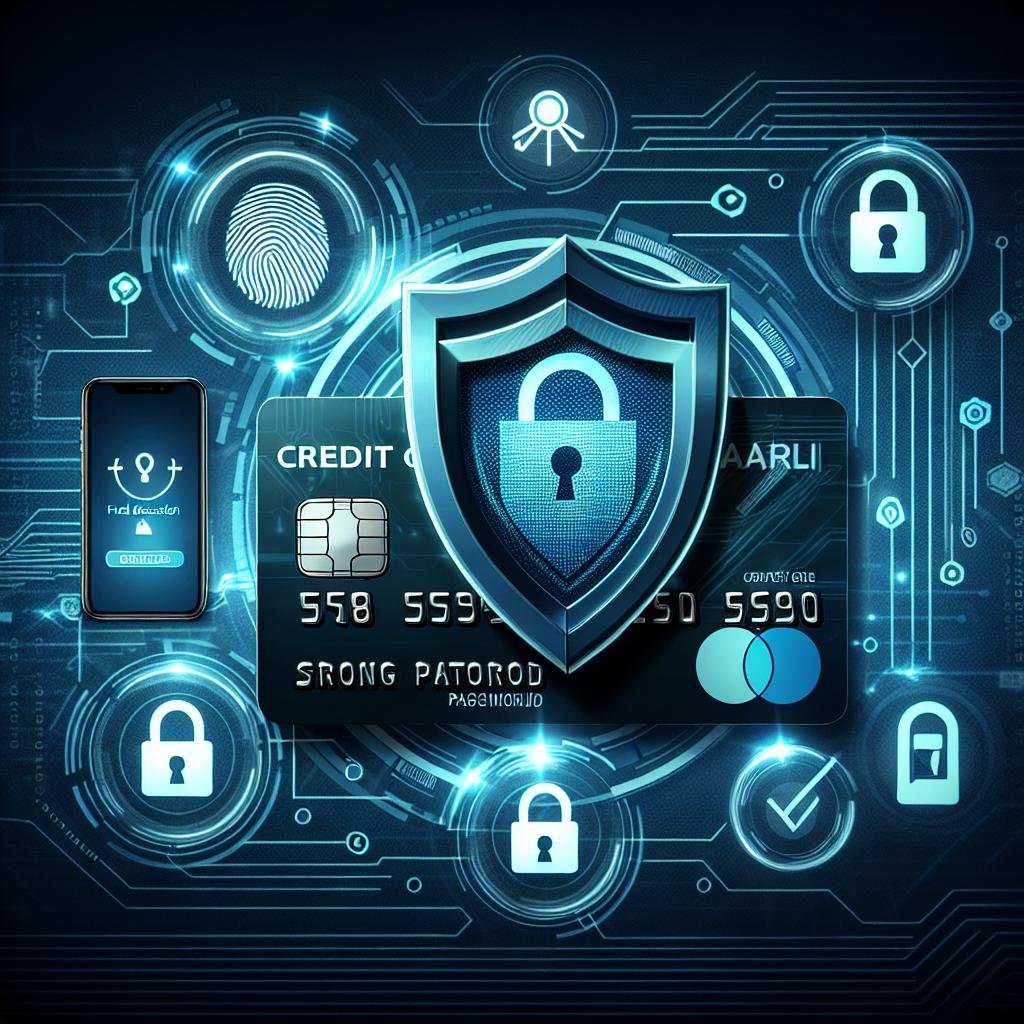
Introduction
Credit card fraud is an increasing concern in today’s digital world. With cybercriminals becoming more sophisticated, protecting your financial information is crucial. Whether you’re a seasoned credit card user or new to personal finance, knowing how to safeguard your plastic money can save you from significant financial losses and stress.
In this guide, we’ll explore ten essential tips to protect your credit card from fraud and ensure your transactions remain secure.
1. Regularly Monitor Your Account Statements
Keeping a close eye on your credit card statements is one of the simplest ways to detect fraudulent transactions. Many fraudsters make small, unnoticed charges over time before attempting larger withdrawals.
How to Stay Vigilant:
- Check your credit card transactions weekly via mobile banking apps or online portals.
- Enable real-time transaction notifications to alert you for any suspicious activity.
- Report any unknown or unauthorized charges to your bank immediately.
2. Use Secure Websites for Online Shopping
Online transactions are convenient but can expose you to risks if you’re not careful. Cybercriminals often create fake websites to steal your credit card details.
Best Practices for Secure Online Payments:
- Only shop on websites with “https://” in the URL and a padlock icon.
- Avoid entering card details on suspicious or unfamiliar websites.
- Use virtual cards or one-time passwords (OTPs) when available.
3. Beware of Phishing Scams
Phishing attacks trick users into sharing personal and financial information through fake emails, text messages, or websites.
How to Identify and Avoid Phishing:
- Never click on links in unsolicited emails requesting your card details.
- Verify the sender’s email address before responding to requests for personal information.
- Contact your bank directly if you receive suspicious communication.
4. Enable Two-Factor Authentication (2FA)
Two-factor authentication adds an extra layer of security by requiring a second verification step before processing transactions.
Why 2FA Matters:
- Even if someone steals your credit card details, they cannot complete a transaction without the second authentication step.
- Most banks offer SMS OTPs or biometric authentication for added protection.
- Enable 2FA on all financial accounts to enhance security.
5. Avoid Public Wi-Fi for Financial Transactions
Public Wi-Fi networks are a hacker’s playground, making it easy for cybercriminals to intercept credit card details when you make online transactions.
How to Stay Safe on Public Networks:
- Avoid entering sensitive information when connected to free or public Wi-Fi.
- Use a Virtual Private Network (VPN) for secure transactions.
- Prefer using mobile data over public Wi-Fi for banking activities.
6. Keep Your Card Details Confidential
Sharing your credit card details, even with trusted individuals, can put you at risk. It’s essential to limit access to your financial information.
Best Practices for Keeping Card Data Safe:
- Never share your PIN, CVV, or OTP with anyone, even if they claim to be from your bank.
- Store your card securely and avoid writing down sensitive information.
- Destroy expired or replaced cards before disposing of them.
7. Upgrade to Contactless or Chip-Based Cards
Modern credit cards with EMV chips offer better security against fraud compared to traditional magnetic stripe cards.
Why You Should Upgrade:
- Chip-based and contactless cards generate a unique transaction code, reducing fraud risks.
- They are harder to clone compared to magnetic stripe cards.
- If your current card lacks an EMV chip, request an upgrade from your bank.
8. Secure Your Smartphone and Banking Apps
Mobile banking apps store sensitive financial data, making them prime targets for fraudsters.
How to Protect Your Mobile Banking:
- Use strong, unique passwords for banking applications.
- Enable biometric authentication like fingerprint or face recognition for better security.
- Regularly update your banking apps to patch security vulnerabilities.
9. Be Cautious at ATMs and POS Machines
Skimming devices installed on ATMs or payment terminals can steal card details when inserted.
ATM Safety Tips:
- Inspect card slots at ATMs for any unusual attachments before inserting your card.
- Cover the keypad while entering your PIN to prevent hidden cameras from capturing it.
- Use ATMs located inside banks or well-monitored locations.
10. Report Lost or Stolen Cards Immediately
A lost or stolen credit card can result in unauthorized transactions if not reported promptly.
Steps to Take if Your Card is Lost or Stolen:
- Immediately call your bank’s helpline to block the card.
- Monitor your account for unauthorized transactions.
- Request a new card with a different number and update your payment details accordingly.
Conclusion
Credit card fraud can happen to anyone, but with proactive security measures, you can minimize the risks and keep your financial details safe. By following these simple yet effective steps, you can protect your hard-earned money from fraudsters.
Stay informed and practice secure financial habits. For more valuable personal finance tips, explore our latest guides and stay ahead in managing your money safely!